How to choose the right LED light?
LED lights are becoming increasingly popular. What was seen as an expensive energy saving option a few years ago, LEDs have become a common appliance these days. Manufacturing companies, Commercial offices, small shops and municipal corporations are replacing their existing conventional lights to energy saving LEDs at regular intervals. There are lot of companies manufacturing LED lights now and the LED market is getting increasingly crowded and highly competitive. Choosing the right LED light is very important. The choosing criteria can be based on technical and non technical factors.
Technical Factors
1. LUMEN (lm)
Lumen is a measure of the total quantity of visible light emitted by a source. Higher the lumen, higher the light output. While replacing the existing conventional lights with LED lights, it is of paramount importance to compare the lumen of the existing conventional lights with that of the proposed LED light replacement. The lumen of the of the proposed LED lights should be equal to the lumen of the existing conventional light.
2. System Efficacy (lm/w)
System efficacy is the lumen per watt. The system efficacy of most LED lights range between 80 – 100 lm/w. Higher the system efficacy, greater is the efficiency of the LED light. It is advisable to choose a system with a high system efficacy. If the system efficacy, is not mentioned in the specification, it can be obtained by dividing the total lumen by the input power. Fo eg. if a 25 W LED well Glass has 2,000 lumen, the system efficacy is 80lm/w.
3. Input Power (w)
Input power is the total power consumption by the LED Light. Many choose LED lights which consumes half of the power of the conventional light which they propose to change. For eg., If a conventional Metal Halide lights consumes 200W, they choose a LED Light which consumes 100W. While this is widely followed by many satisfactorily., it is highly important to check whether the lumen of the chosen 100W LED lights matches that of the 200W metal halide lamp.
4. Color Temperature (k)
Color Temperature which is expressed in degrees of kelvin(k), ranging between 1,000 and 10,000. It describes the light appearance from a light source. LED lights have color temperature in the range of 3000k to 6500k.
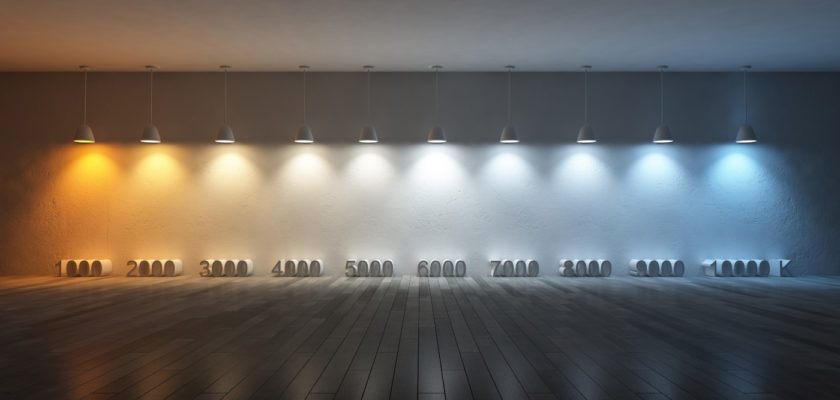
5. Color Rendering Index (CRI)
CRI is measurement ranges from 1 to 100. CRI measures how original an object’s color will be under a particular light source. If a light source has a CRI of 100, it means that any object under it can be seen with it is original color. Usually LED lights have an CRI in the range of 70 – 80.
6. Beam Angle
Beam Angle is the measurement of how far a light source can spread with the same brightness.

7. Housing & Cover
Housing is the material in which the body of the LED light is made. Pressure die cast aluminum is a common housing type among the industrial lights. Extruded aluminum is also used in certain cases. The cover is the transparent material placed over the LEDs. It is either tempered glass or poly carbonate based on the model.
8. Ingress Protection
Ingress Protection, which is commonly called, IP in an International Protection Marking based on IEC Standard 60529. It shows the degree of protection of the LED light enclosure against any intrusion, dust and water. Industrial and outdoor LED lights usually have an IP rating of 65. Some commercial LED Lights may have an IP rating of 20.
9. Power Factor (PF)
Power factor describes the quality of design and PCB fabrication of the LED light. A power factor of 1 is perfect. However, a power factor beyond 0.9 is good among LED lights.
10. Total Harmonic Distortion (THD)
Total Harmonic Distortion is measurement of total distortion in the circuit. A THD, less than 20% is LED lights is reasonable.
Non Technical Factors
Let us look at some of the non technical factors in choosing the LED lights.
1. Warranty
Usually LED lights comes with 12 – 24 months warranty. Some come with extended warranty on additional cost.
2. After Sales Service
While most LED lights will not have an issue over its life time, it is essential have a good after sales service support. In some rare cases, the LED lights may fail either in the warranty period or after the warranty period. It will be very helpful to have an onsite service support from the manufacturer.
3. Price
A reasonable price based on the make, specifications, after sales support has to considered. While comparing two different products, it is essential not to just compare the price, but also on the various aspects mentioned above.
The factors that are to be considered in choosing LED lights are broadly covered here and we hope this will help you in choosing the right LED product. If you stil have any clarifications, please mention in the comment section.

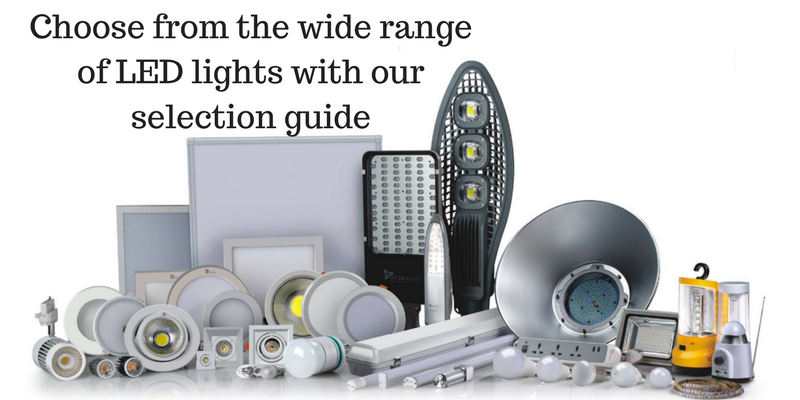
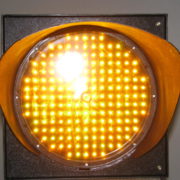
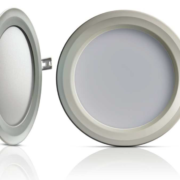
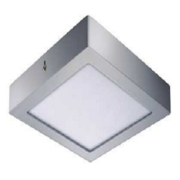
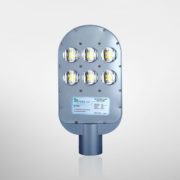
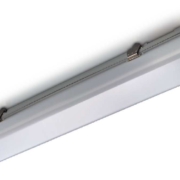
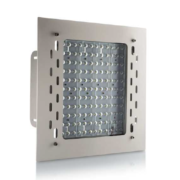
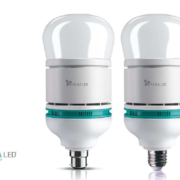
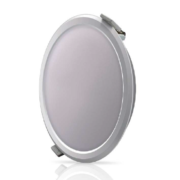
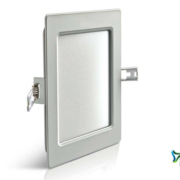
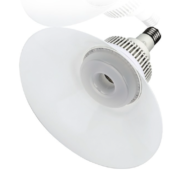
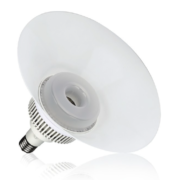
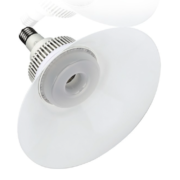
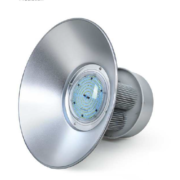
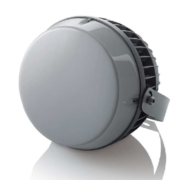
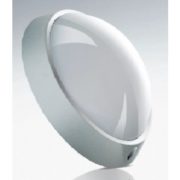
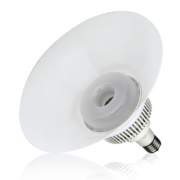
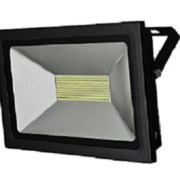
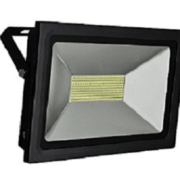
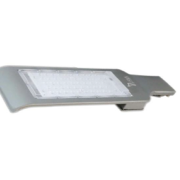
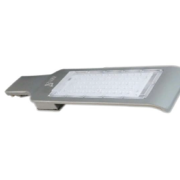
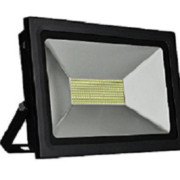
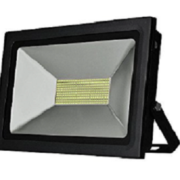
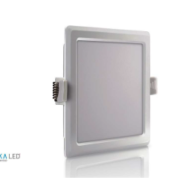
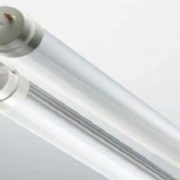
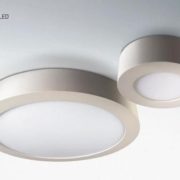
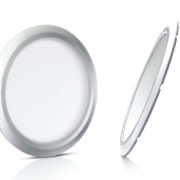
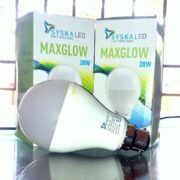
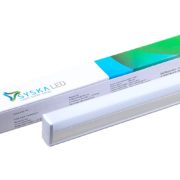
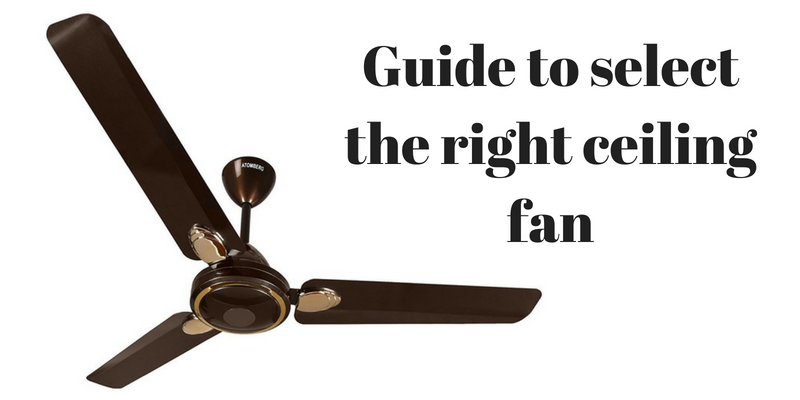
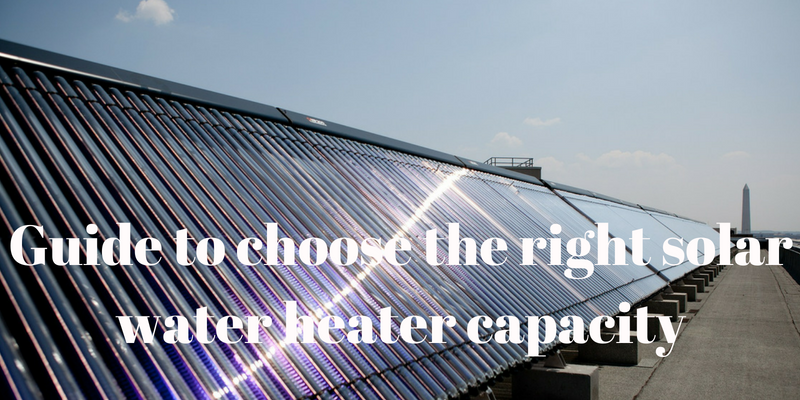

I was searching for the information about led light and I got here .thank you so much for sharing this blog. keep sharing.